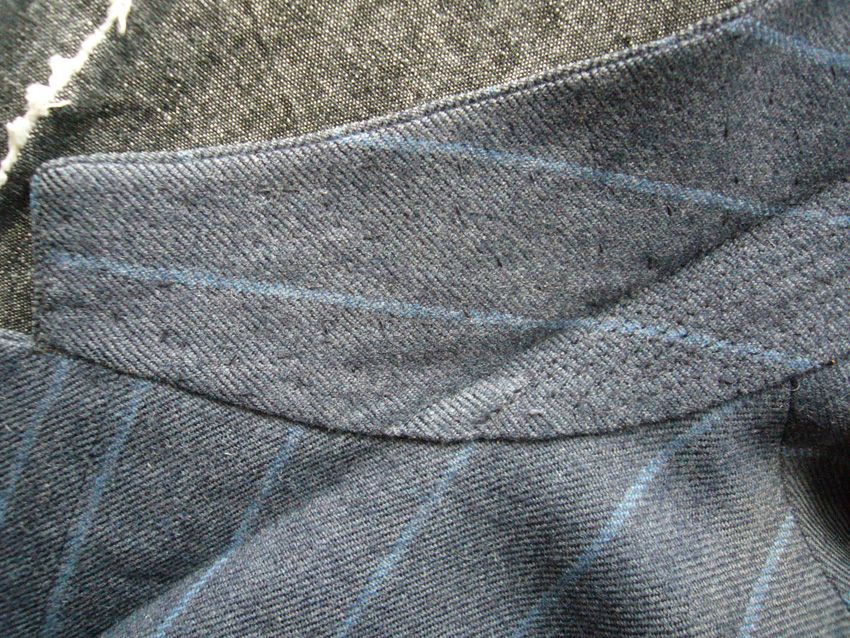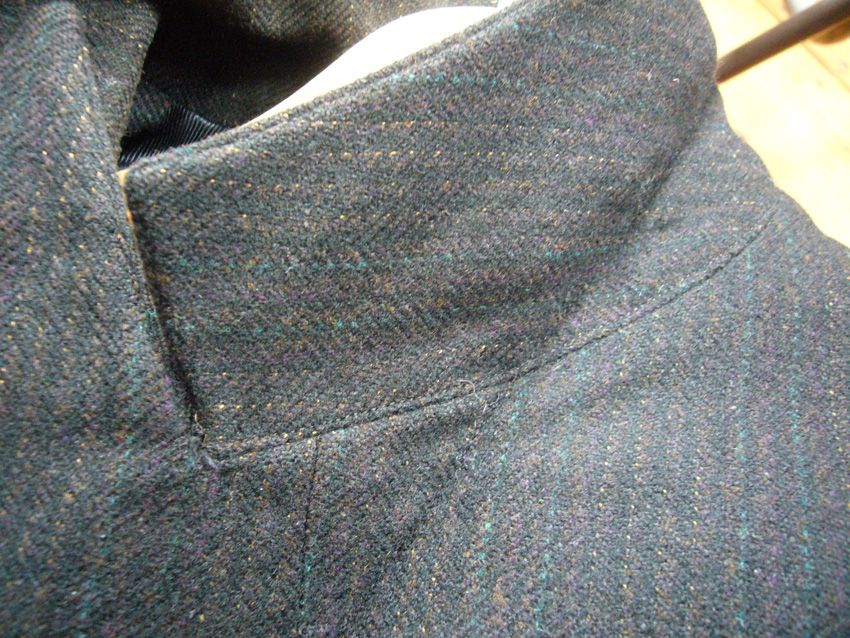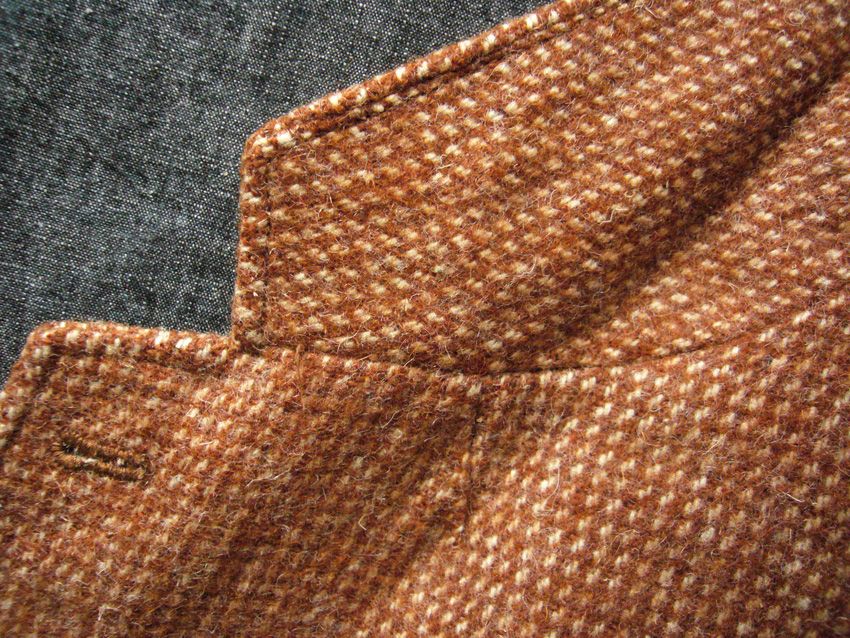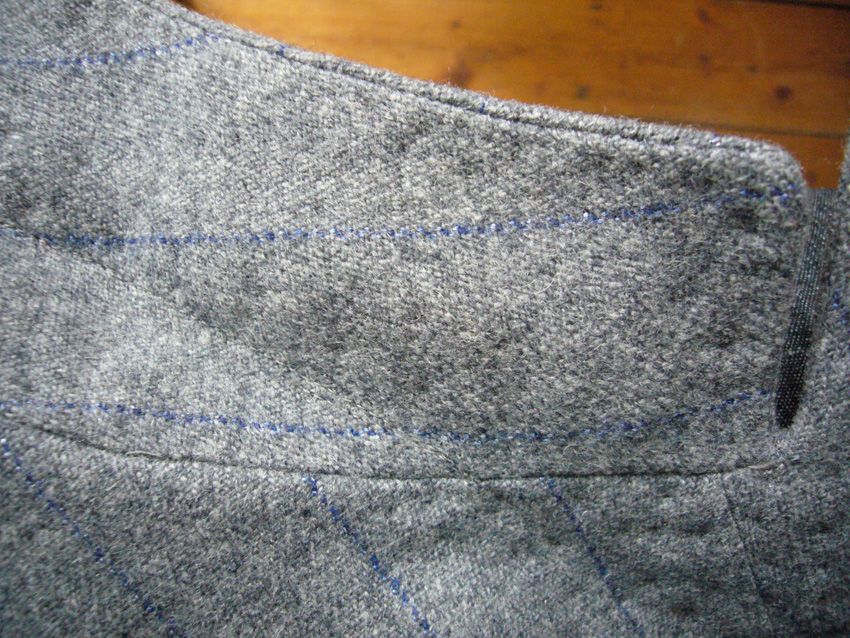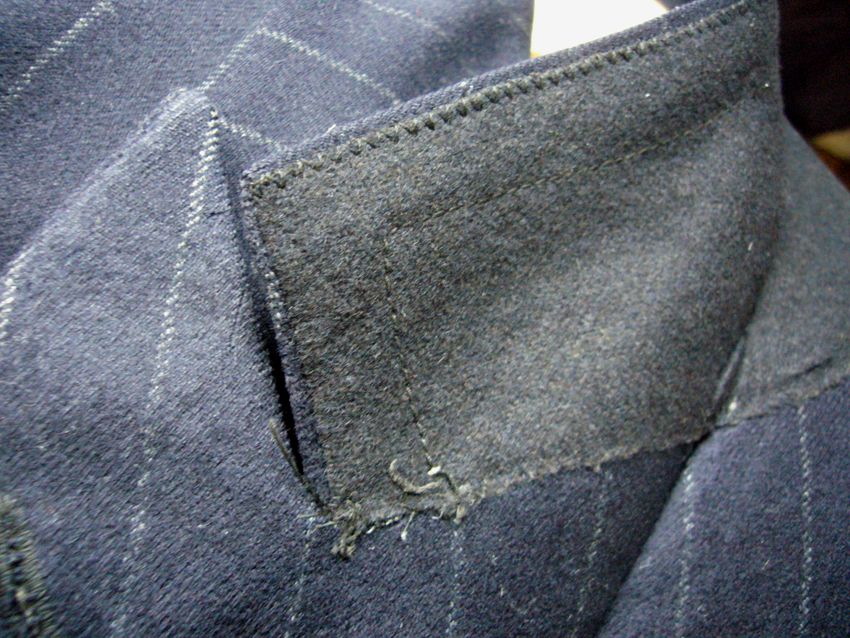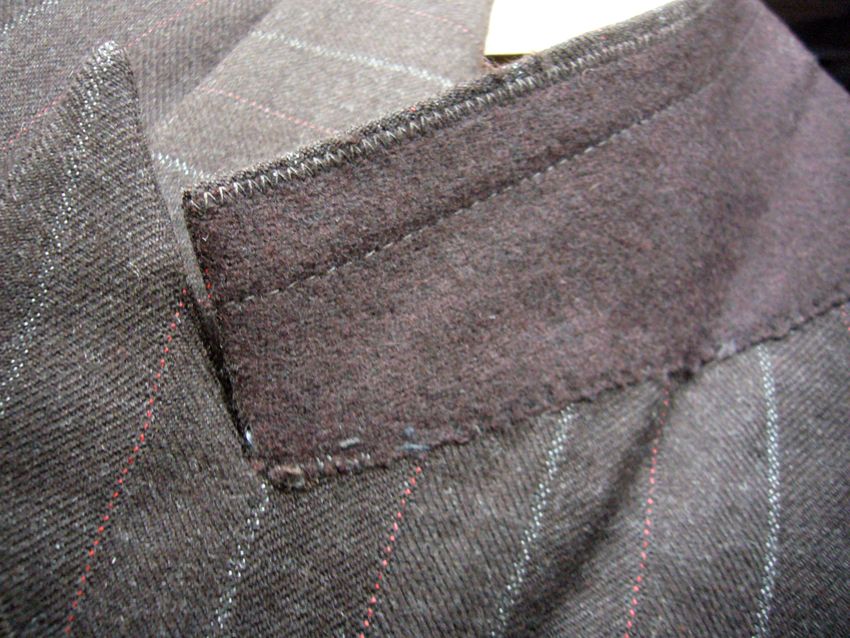dakotanorth
Practically Family
- Messages
- 543
- Location
- Camarillo, CA
i've tried one but found it didn't help that much, and sometimes pieces of a raw edge were too thick to go through it, such as where the belt joins the side seam.
Good to know I'm not completely nuts. Every time I try those, the binding buckles, jams, and mis-feeds.
That and the flat fell foot; "Easy to use! Simple as 1-2-3!!" Right. I still set most of these things by hand- pin, then hand baste, then machine stitch.



